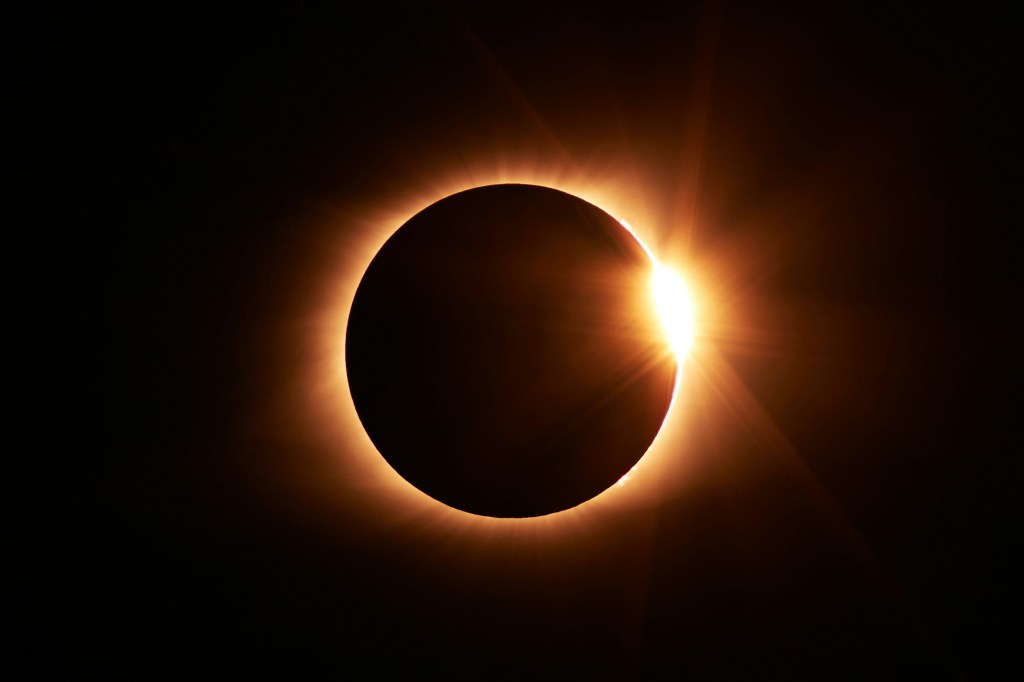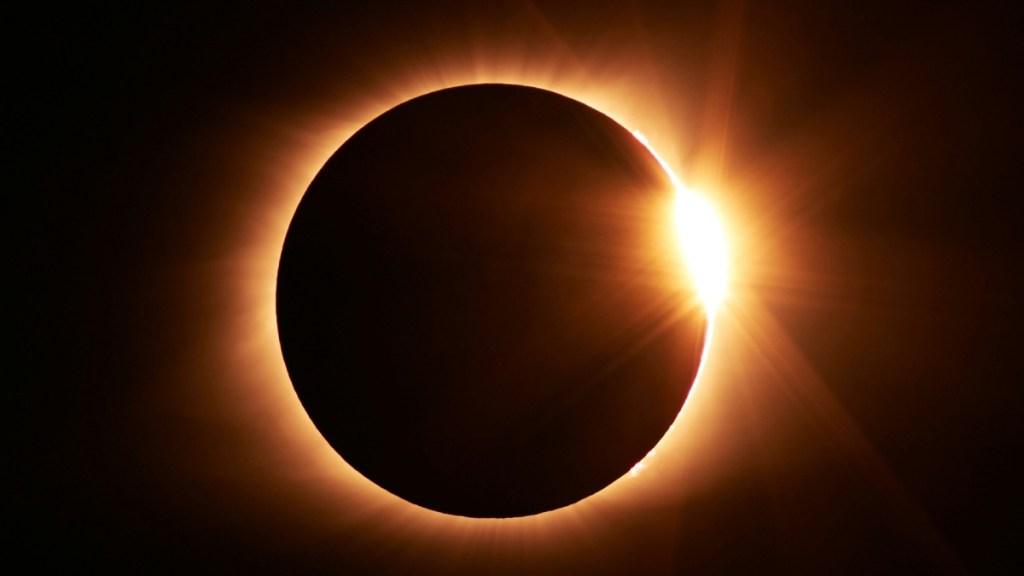Did you know that it’s been seven years since the last total solar eclipse? That’s right — 2017 was the last time we were able to admire this celestial event. Now, we’ll get another chance on April 8! As a reminder, a total solar eclipse happens when the moon passes between the sun and Earth. In doing so, it blocks the face of the sun. This leaves us with a glowing halo effect, and it’s absolutely breathtaking!
That being said, the weather and where you’re at dictates how good your view will be that day. There are quite a few states in the path of totality, including Arkansas, Indiana, New York, Texas, and more. Even if you’re not in one of these states, there’s still a chance you’ll get a fantastic view.

To find out what kind of view you’ll be getting and when, check out this NASA made map. When it comes to preparing for a total eclipse, there’s more to consider than the timing. It’s also important to wear the proper eyewear.
Here’s How to Best View the Total Solar Eclipse Safely
According to NPR, proper eye protection should be worn during a solar eclipse except for the 3 1/2 to 4 minutes where the sun is completely obscured. At this point, they must be removed in order to see it.
So, not matter if you’re in the path of totality or experience a partial total eclipse, the views next month are sure to be spectacular!
You can find the source of this story’s featured image here!
Want to be happier in just 5 minutes a day? Sign up for Morning Smile and join over 455,000+ people who start each day with good news.



